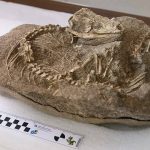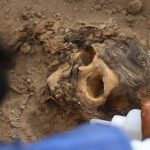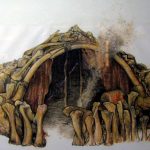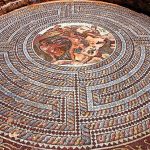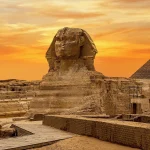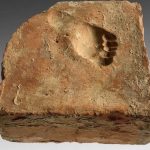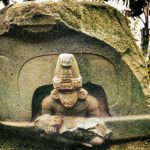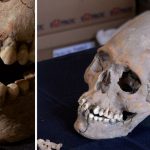Coffin of Hani Tawi
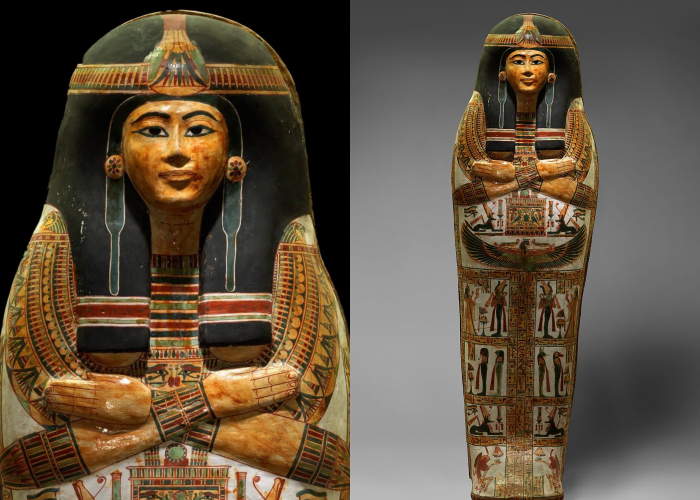
The outer coffin lid of Henuttawy, crafted to resemble a wrapped mummy, is adorned with an elaborate pectoral topped by a cavetto cornice shaped like a small shrine. Within the shrine appear two winged wadjet eyes, with hanging uraeus cobras holding ankhs. Beneath them, Horus falcons flank a central scarab pushing a sun disk upward—an image symbolizing the rising sun and the promise of rebirth.
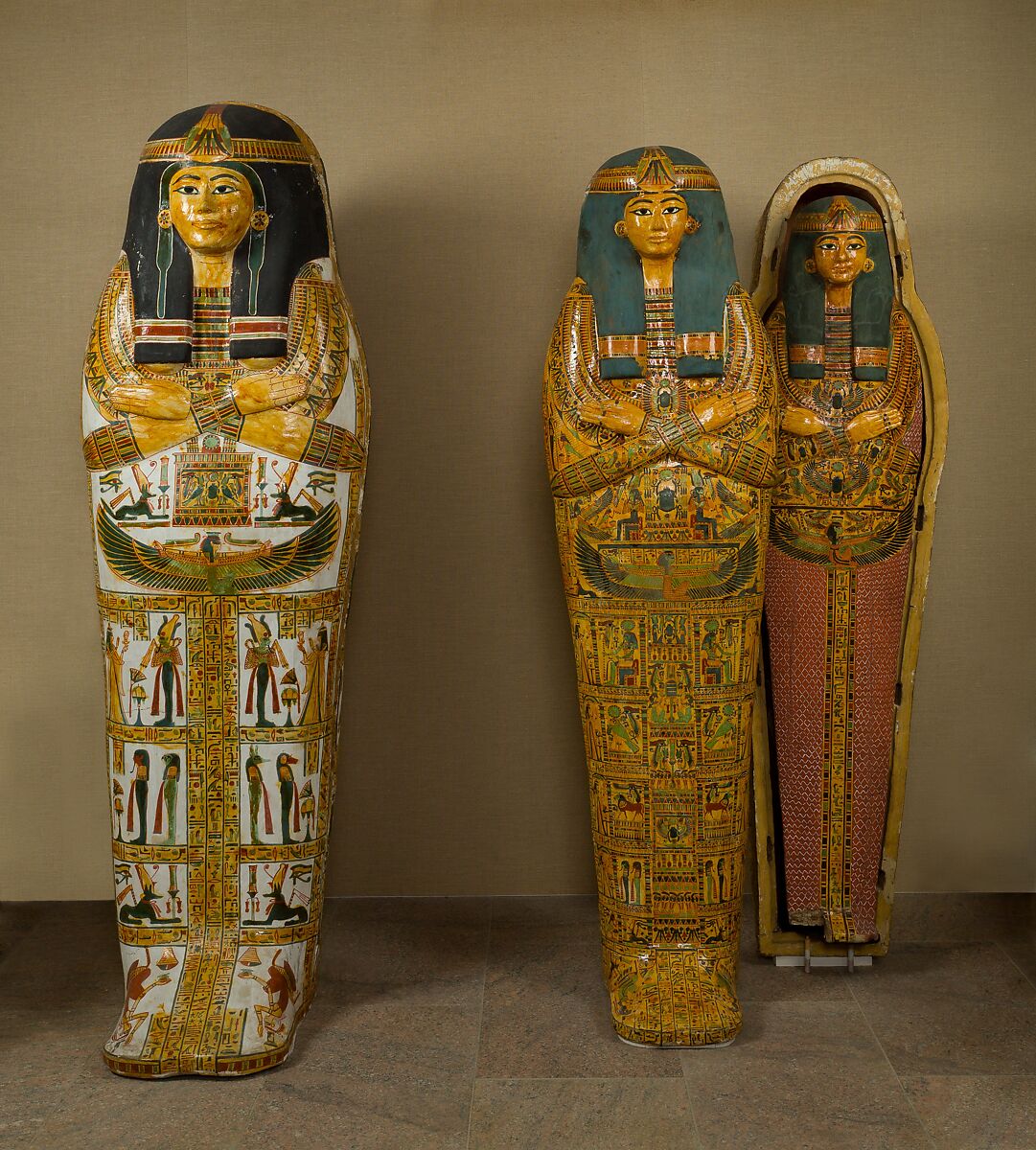
Henuttawy, known as the Mistress of the House and Singer of Amun-Re, passed away at the young age of twenty-one. She was interred in a plundered tomb that had once belonged to Minmose, an official under Hatshepsut. Her burial was modest, consisting mainly of a set of coffins and some personal jewelry. Her body was not embalmed but wrapped in layers of linen bandages. Aside from her simple ornaments, her principal funerary equipment comprised two ornate coffins and a mummy board, each nested within the other like a Russian doll.
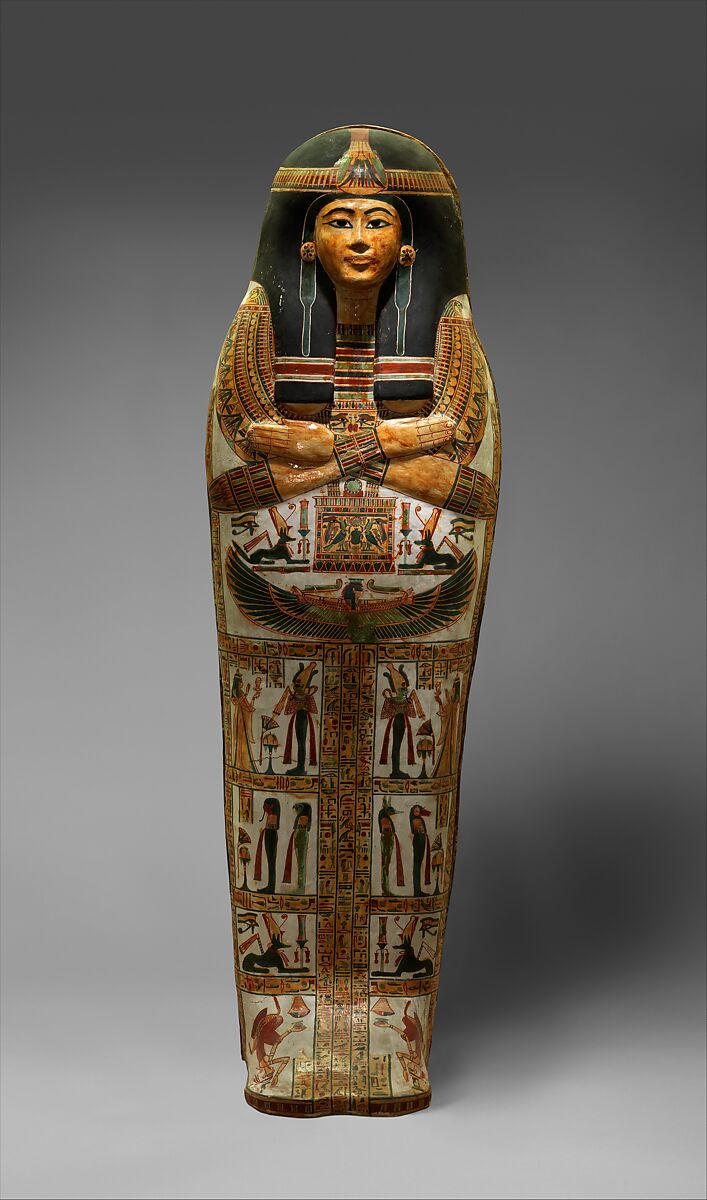
Both coffins and the innermost lid were designed in the form of wrapped mummies, each with elaborate masks placed over the heads. The decorative program resembles the Middle Kingdom pectoral of Sithathoriunet, featuring figures of Anubis at the sides—depicted as a jackal wearing the crowns of Upper and Lower Egypt while holding empowering scepters. The protective wings of Nut extend over the coffin, while vertical and horizontal yellow bands, representing gold, cover the white wrappings.
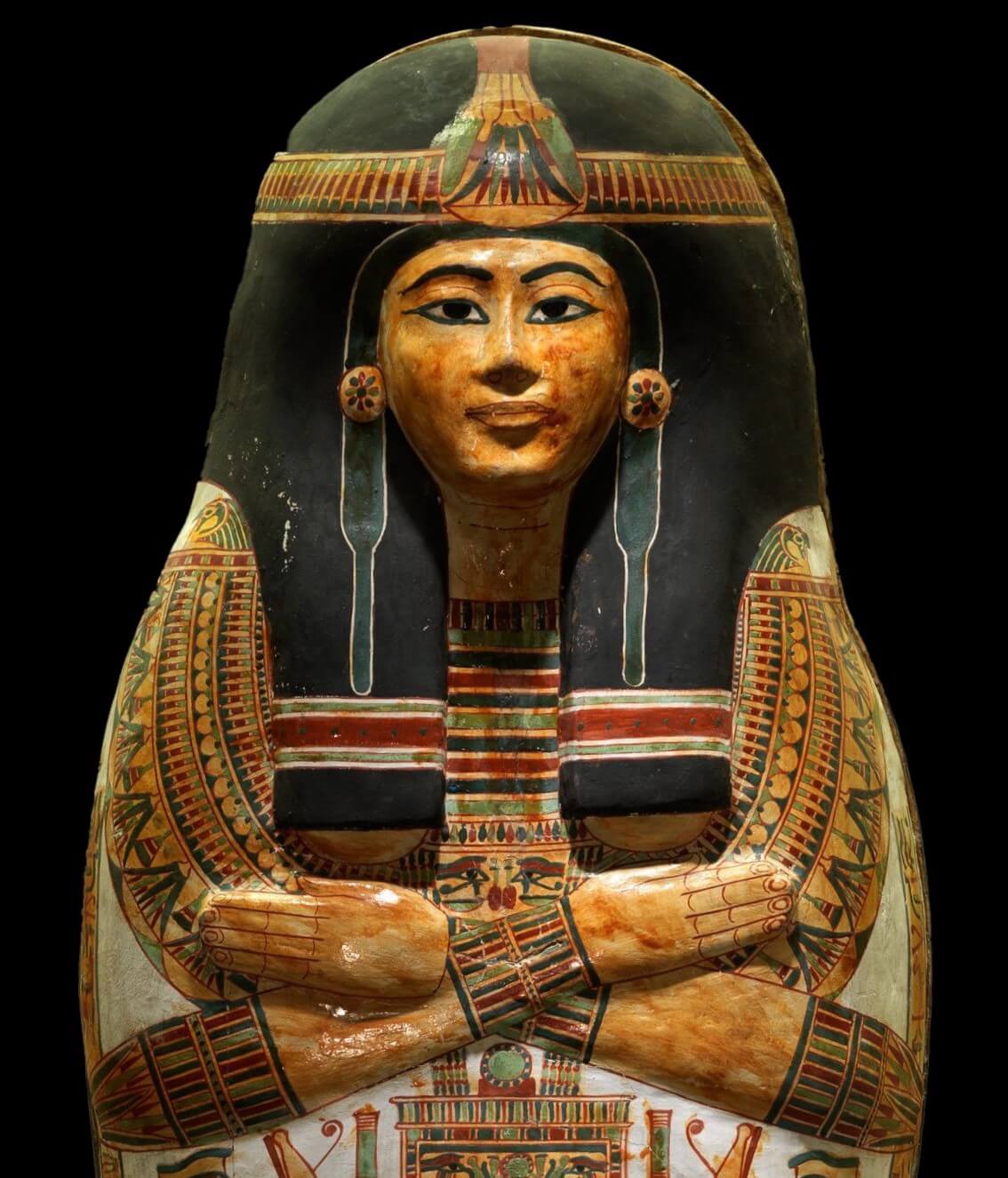
Inscribed hieroglyphs on the central band read: “Recitation by the Osiris, housemistress and chantress of Amun-Re, king of the gods, Henuttawy, justified, who says: ‘O my mother Nut! Spread your wings over my face and cause me to be like the imperishable stars, like the unwearying stars, without dying a second time in the necropolis!’”
In the rectangular spaces between the bands, Henuttawy is shown wearing a golden garment, shaking a sistrum, and praying to Osiris in the upper scenes. The four sons of Horus appear behind offering tables in the middle scenes, while Anubis, lord of the cemetery and mummification, stands with empowering scepters in the lower register. At her feet, the goddesses Isis (to the viewer’s left) and Nephthys (to the viewer’s right) mourn her death.
